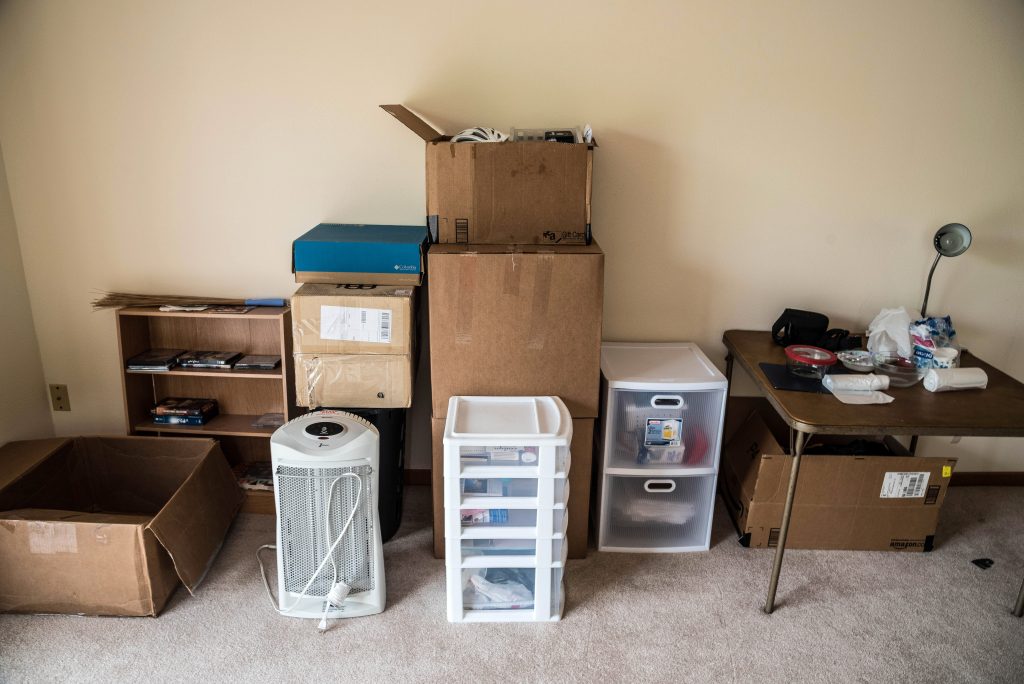Getting Your Kids Ready for a Move
Moving is stressful for everybody, but it is especially stressful for kids. Children thrive when given routines to follow and even small changes to that routine can throw them seriously off track. Big changes like moving to an entirely new home, potentially in an entirely new town? A bunch of new stuff over which they feel like they have zero control? Forget about it. It’s meltdown city. Thankfully there are steps you can take to ease your kids’ stress and discomfort with the moving process. Here are a few tips to smooth the transition.

Offer Control
The lack of perceived control can really mess with a child’s head. This is why professional movers encourage their customers to come up with ways to offer their kids at least the perception of control during the moving process. For example, while they obviously won’t get to choose where and when to move, you can ask them to help you pack up their rooms and sort through their belongings. A good way to prevent them from wanting to keep everything (and this is what they will try to do), is to donate the toys and clothes that aren’t moving to a local children’s shelter or the children’s department of a hospital. They’ll like the idea of helping others and having what will feel like the final say over who gets to play with their stuff.
Set Aside the Beloved
Another great tip that was provided by many professional movers is to have one box or bag into which your kids can pack their most prized possessions. Instead of being packed up into the dark recesses of a moving van, this box or bag will travel with you in your car or on the plane as you move to your new home. This helps save your kids at least some worry that their favorite plushy friends, books, blanket, etc won’t accidentally get lost while in transit. And they’ll have items that give them comfort at the ready when they start to really stress out.
Take Away the Mystery
Take your kids to visit their new house and/or town. Show them where they will be living, where they will be going to school, etc. If you are moving long distance and can’t afford to make a scouting trip with your kids, use the internet. Use Google maps to “walk” down their new street and virtual tours to show your kids around their new schools and neighborhoods. This will give them an idea of what to expect so it won’t feel like their leaping into a great unknown.
Make Friends Early
Before the move email any friends you might have in your new neighborhood and town and ask about setting up some play dates when you get to town. This will help your kids meet new friends quickly. If you’re moving somewhere without a pre-existing social net, don’t worry. A great way to find friends for your kids is to call or email the new school or their new teachers and ask to set up an e-pal or two for your kids. This way they will know someone in their classes when they arrive so they won’t feel lonely. If you’re moving between school terms, look up local child care providers, clubs, groups, etc that involve kids and make contact with someone there.
They can “introduce” you and your kids to other locals so that you’ll have existing relationships when you get to town.
After the Move
It is important to remember that the stress your kids will experience won’t be limited to the packing and physical moving process. They will also likely experience stress while adjusting to their new surroundings. Kids have a harder time processing change and “new” than adults do. To help mitigate this, let them decide how they want to arrange and decorate their rooms in their new homes. If you are able to paint, let them choose the color for their walls and fixtures. You can always change it later as they grow up. Put them in charge of unpacking and putting away their belongings (or at least make them help you do it). Being able to dictate where things go will help them feel more in control over the situation.
Finally, never underestimate the power of good conversation. Keep the lines of communication open with your kids. Encourage them to tell you when they feel sad or worried or scared and to talk about what is on their minds. Take these conversations seriously and do your best to address every question or fear thoughtfully. Just feeling like they are being heard can go a long way toward easing the moving process for them.
















Add Your Comment